The Science Conducted Under The Darkness Of The Total Eclipse
Scientists have been spending years preparing experiments for two minutes of darkness. Here’s what they’ll be observing.
While many of us have been learning about the Great American Eclipse over the past few months, others have been preparing for this spectacular phenomenon for years. Scientists focusing on all kinds of disciplines, from solar science to animal behavior, have been planning experiments that will be conducted in the brief minutes of totality.
“For the scientist getting ready to capture these short moments, it can be very hectic and stressful,” says Shadia Habbal, an astronomer at the University of Hawaii who has seen over 10 eclipses and been preparing for the 2017 eclipse for three years. “The event cannot wait for you to be ready.”
A lot is riding on just a few minutes of darkness. Some projects involve hundreds of team members, networks of institutions, complicated technology setups and feats, and dozens of site locations along the path of totality.
“This is just an amazing opportunity for all of us to be scientists in a way, to be curious about this crazy natural phenomenon that’s happening,” says Angela Des Jardins, a physics professor at Montana State University.
From chasing the eclipse with refitted bomber planes to carefully watching zoo animals’ reactions, here are just some of the things scientists are hoping to do under the shade of the eclipse.
Illustrations by Jay Rasgorshek.
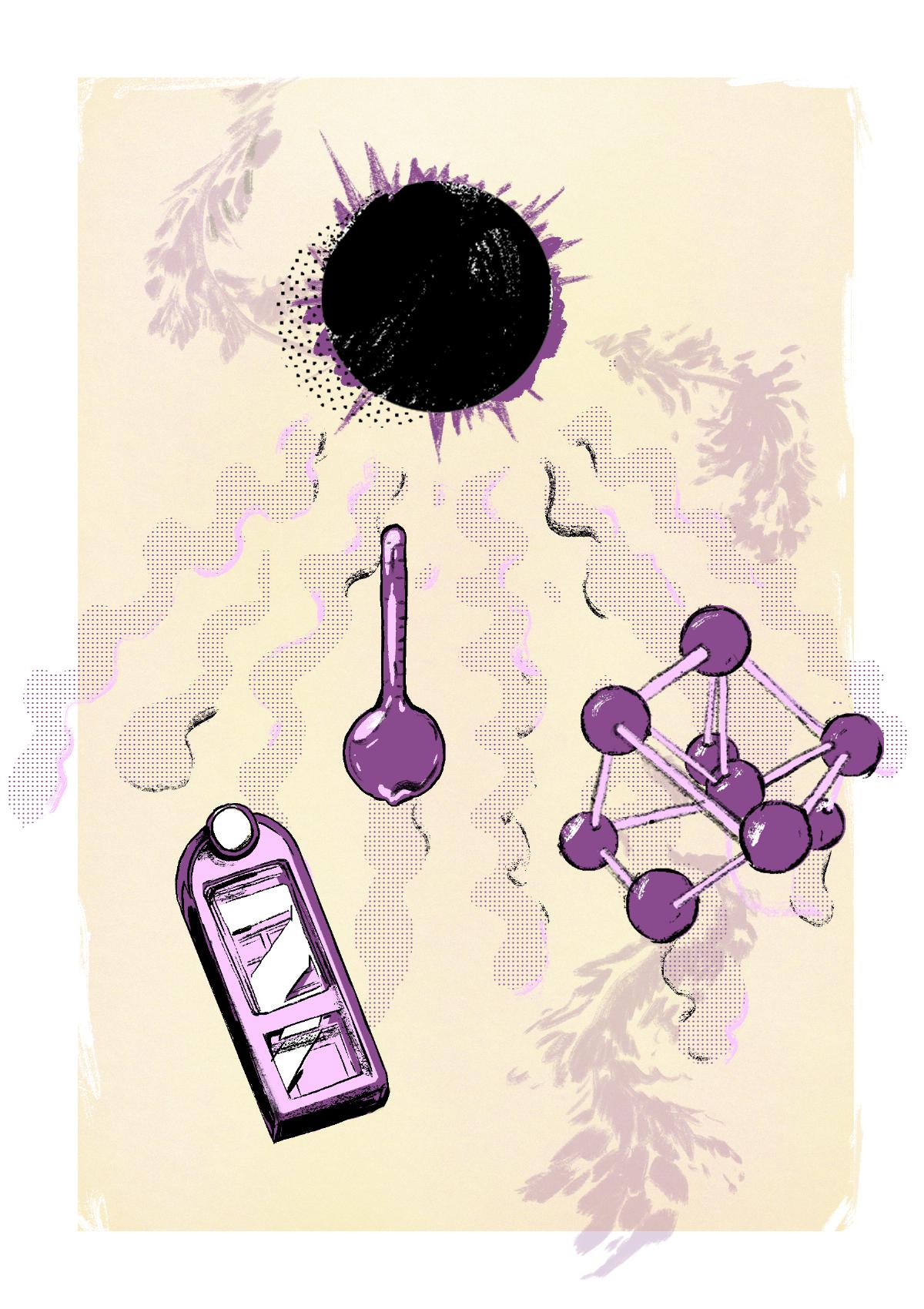
As the moon blocks the sun’s bright disk, it will reveal the ghostly halo of the solar corona. The corona, or the outer plasma of the sun, is usually hidden by the sun’s disk, which is a million times more intense than the glow of the corona.
“It’s an incredible sensation when you see the corona appear,” Shadia Habbal, an astronomer at the University of Hawaii who has witnessed a total of 10 visible total eclipses so far, told Science Friday in a recent interview. “All of a sudden, everything dims and then you have this gorgeous aura of light around the sun that just comes out, and you have the impression that the streams are going out to infinity.”
But its beauty contains mystery. The sun’s core is over 25 million degrees Fahrenheit, and drops as it approaches the sun’s surface, where temperatures are around 10,000 degrees. During the 1869 eclipse, however, researchers Charles Augustus Young and William Harkness found evidence that the temperature of the corona mysteriously rises, growing hotter from the sun’s surface outward towards the atmosphere.
“That’s the biggest puzzle,” Habbal said. “We’re still trying to figure out what are the processes that are allowing this gas to, all of a sudden, get hot.”
The high temperatures strip away electrons of the elements in the corona, such as iron, chromium, and nickel. “As they’re losing all these electrons and they get ionized and excited, they emit a certain light of a certain color,” she explained.
In order to investigate this coronal conundrum, Habbal has traveled the world to view eclipses. During the upcoming eclipse, she and five teams, or “Solar Wind Sherpas,” will disperse around the western United States along the path of totality. They will use spectrographs and white light imagers with narrow-bandpass filters. Using these devices, the teams can measure the temperature of the corona by capturing the light emitted. Then, they will be able to create a temperature map to help scientists better understand the corona and its giant cloud ejections.
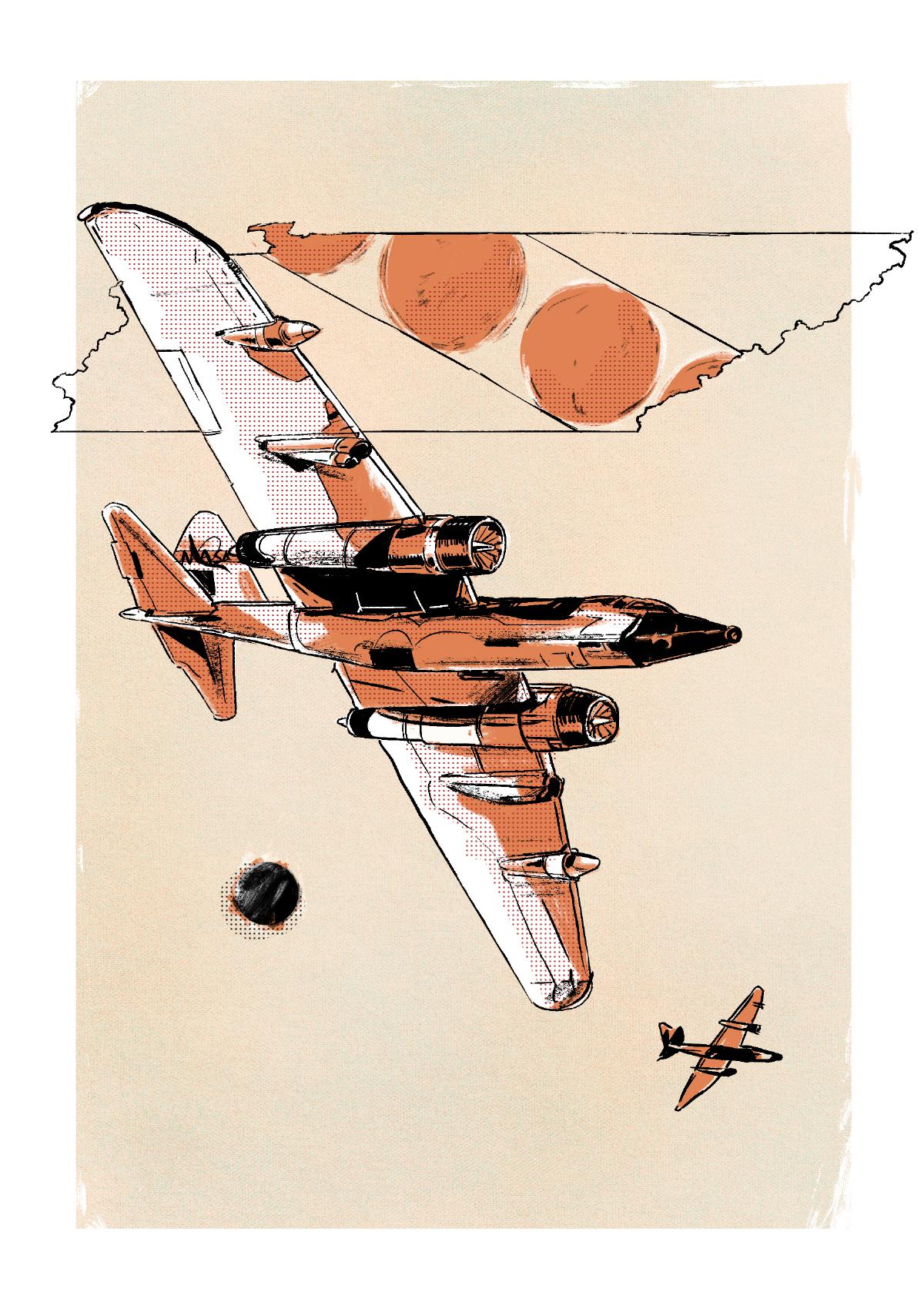
NASA’s high-altitude, long-winged WB-57s usually record atmospheric and weather data. But on Aug. 21, as the shadow of the moon passes from Missouri to Tennessee, two of the refurbished war planes will fly at 50,000 feet, just below the point where pilots need to wear spacesuits, chasing the eclipse along the path of totality.
“The main advantage with using the plane is we can put it right in the center of the eclipse path, and we can chase the eclipse in the direction that the shadow is moving,” says Amir Caspi, the principal investigator of the project and a senior research scientist at Southwest Research Institute in Boulder, Colorado. The two aircrafts will fly in formation about 70 miles apart, one in front of the other, to increase the amount of observation time of totality from the two and half minutes viewable from the ground to about seven and a half minutes.
During totality, the craft’s high-definition, visible-light and infrared cameras will be aimed at the solar corona. Caspi and his team are going to be collecting data to better understand why the temperature increases in the layers that extend away from the surface of the sun. The researchers will also be studying the organization of the magnetic structures that project off of the solar surface. The coronal projections are like long strings rooted in a sea of boiling molasses, Caspi says.
“As that molasses moves around, it’s going to drag those strings around and eventually one would think they’re going to twist and turn and become a tangled, matted mess, but that doesn’t happen,” he says. Instead, “it looks like a smooth, freshly combed head of hair, and not like bedhead. We want to know why that is,” Caspi says.
[What does the sun do? Solar experts respond.]
The research team will then turn their focus to the innermost planet to the sun. They want to know how quickly the surface of Mercury cools from day to night, explains Caspi. To do this, the team will gather infrared emission data to find out the temperature of the top few centimeters of the soil. Determining the rate at which the soil cools could provide clues about the soil’s properties, such as its density and makeup. This will help scientists better understand how Mercury was formed during the early solar system, says Caspi.
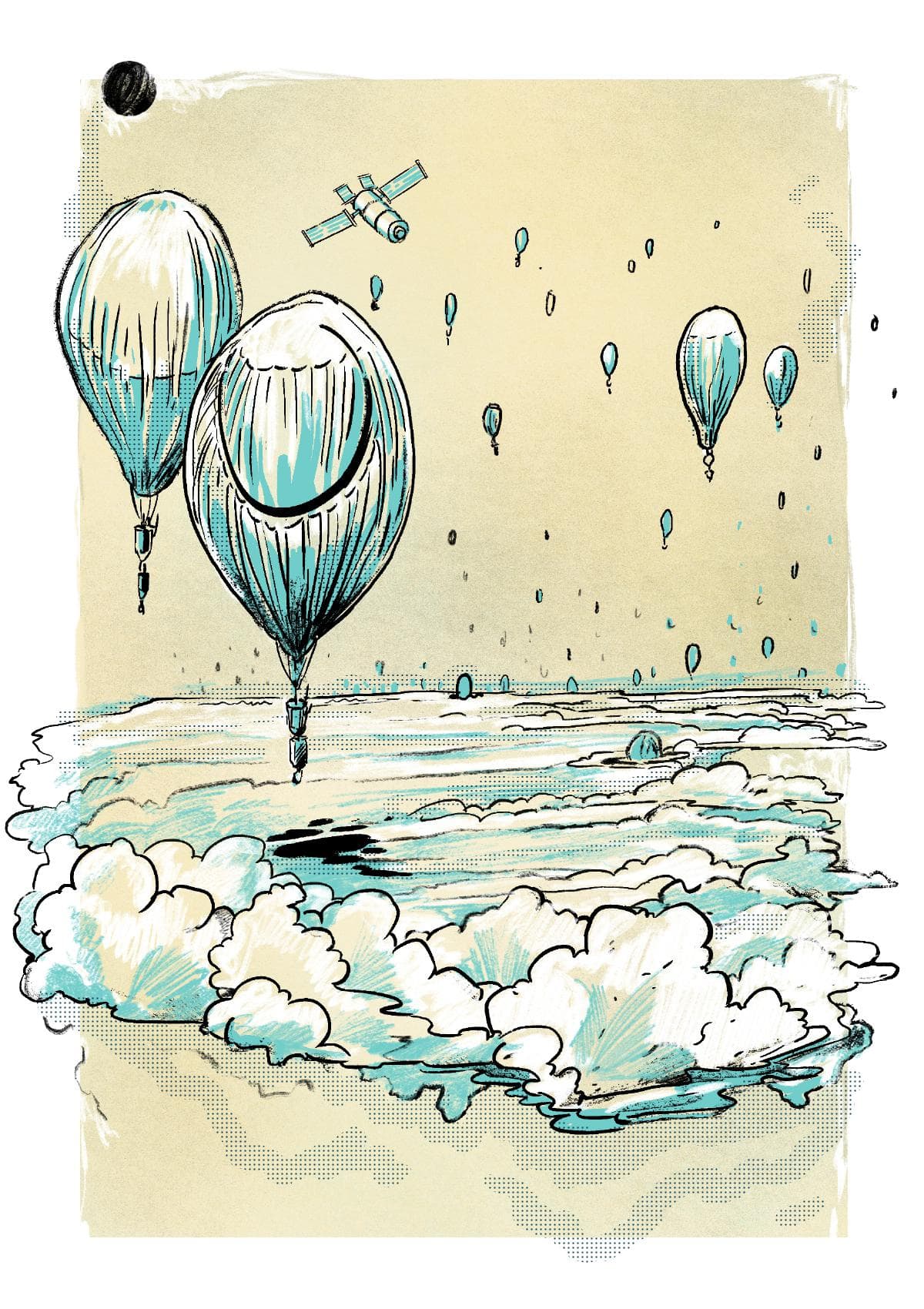
In 2012, right before a total solar eclipse in Australia, a team of researchers had an idea: Strap a camera to a high-altitude balloon and launch it into the stratosphere during the eclipse. The footage they got back was awe-inspiring, according to Angela Des Jardins, a physics professor at Montana State University, who came upon the video during her research.
“It’s just amazing to actually see the darkening of the atmosphere and the shadow coming across,” says Des Jardins, the leader of the Eclipse Ballooning Project. “Looking down on Earth from that spaceflight perspective was just amazing.”
But what would the eclipse look like from multiple balloons across the country? The Eclipse Ballooning Project could become the largest geographic radiosonde (instruments carried by weather balloons) campaign ever undertaken. Des Jardins is working with over 50 teams to deploy an estimated 70 atmospheric weather balloons from every state and Puerto Rico. The project even plans to cast balloons off ships near the coasts of Oregon and South Carolina in hopes of being the first group to see the eclipse shadow coming, and the last ones to see it leaving.
The helium-filled, bulbous balloons will gather data for various research projects, from seeing how the atmosphere responds to the sudden loss of light to analyzing how bacteria might respond in temperatures and pressures akin to that on Mars. Each balloon will carry tracking, video, and still-image systems, which will dangle below the balloon on a 20-foot-long nylon cord. Floating as high as 100,000 feet, the balloons will also try to livestream the space-like view as the shadow crawls over the curvature of the Earth.
[Learn more about the NASA Eclipse Ballooning Project.]
“If you think about what we’re doing, that we’re sending a live feed down from a balloon from the edge of space with inexpensive equipment and pushing that live to the internet, it’s really pretty amazing what we’re doing,” says Des Jardins.
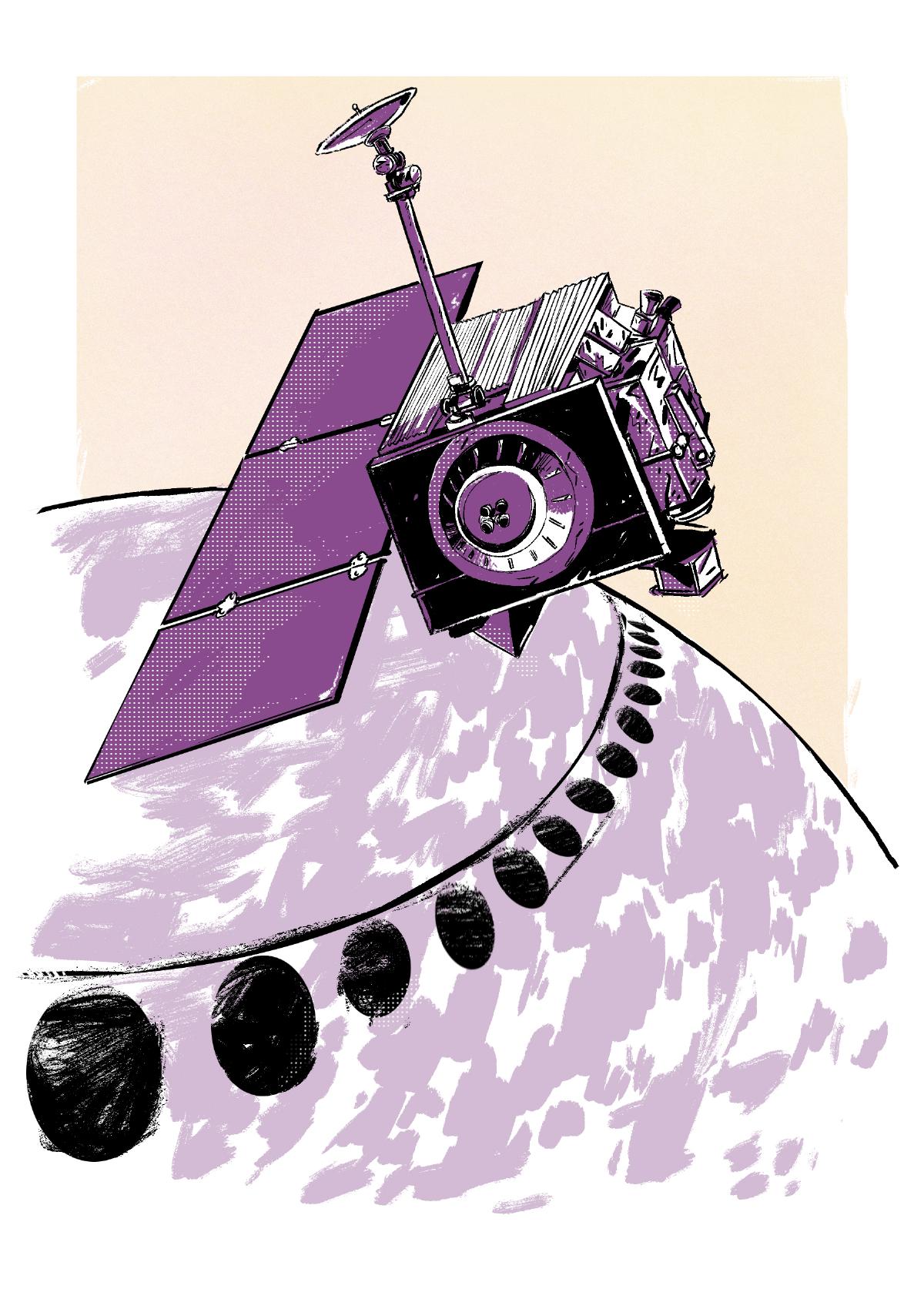
Since 2009, the Lunar Reconnaissance Orbiter has been snapping pictures of the moon’s surface. This August, however, it will turn its lens to Earth to attempt to capture the total solar eclipse.
“When we turn it on, the line scanner takes line after line very rapidly and builds up an image,” says John Keller, project scientist for LRO at Goddard Space Flight Center. “That works very well for what we want to do on the moon, but for imaging the Earth, it’s trickier.”
[Images from LRO reveal a moonscape wrought by celestial bombardment.]
Although LRO has taken pictures of eclipses before—in 2012, its cameras took detailed black and white photos of the shadow of the moon passing over the Earth during an annular eclipse—the team must carefully orient the spacecraft toward Earth, calculate the appropriate acceleration, and scan the orbiter across the planet. It’s a maneuver that was not originally built into the software, explains Keller.
“It’s possible that this [2017] image might be a little more dramatic, because this is a true full eclipse,” says Keller. The team also plans to use a new image processing capability to try to get a colored image.
While the images will be more for public interest rather than for research, taking these photos will shed more light on the moon’s role during the eclipse. For example, visualizations by LRO could help reveal how the topography of the moon plays with the topography of the Earth during an eclipse. It could also capture a phenomenon called Baily’s beads, where the lunar geology causes flickers of glimmering light that looks like a ring of diamonds, explains Keller.
“Because on the LRO mission we’re all about the moon, and that makes [the eclipse] especially exciting,” he says.
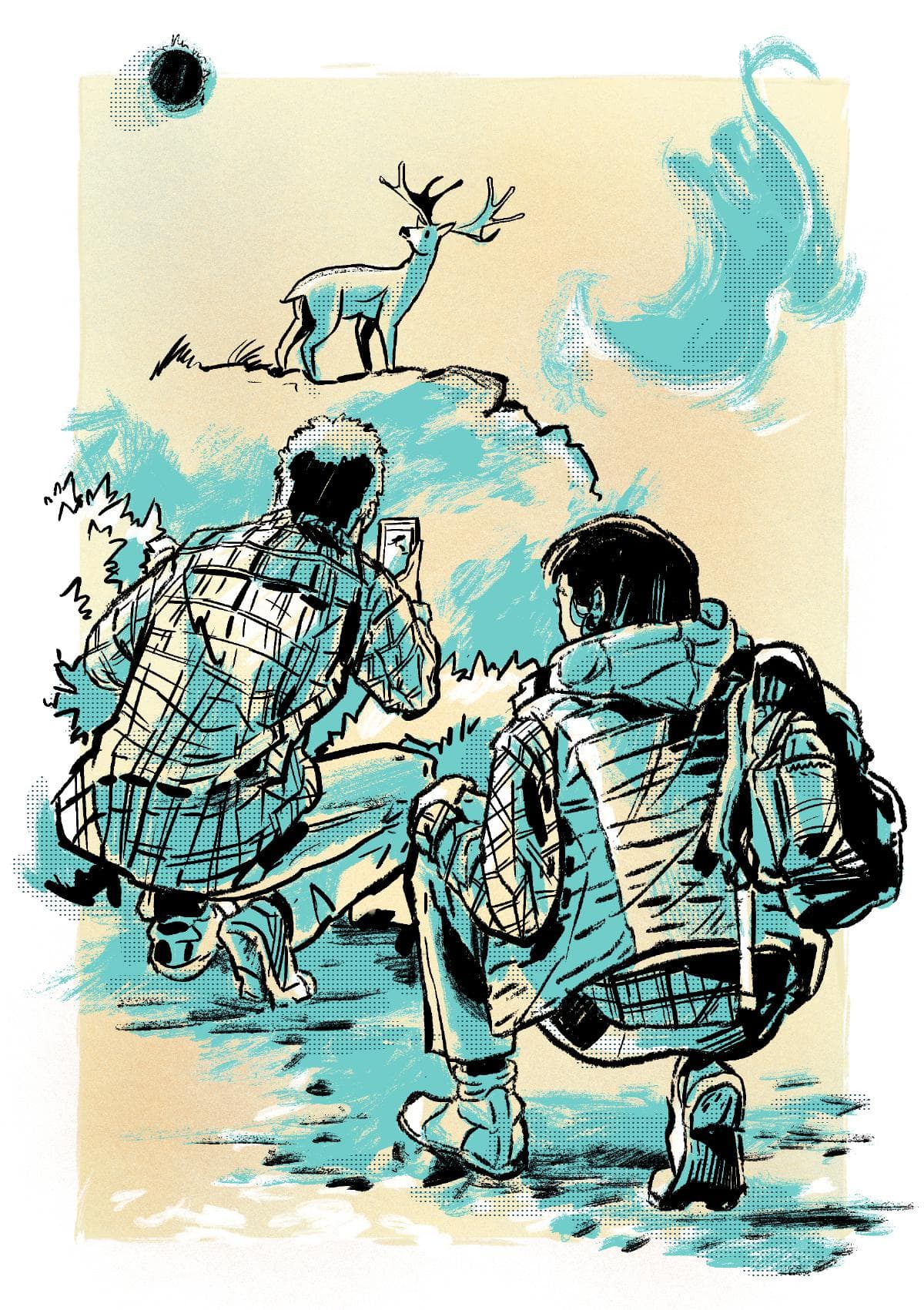
As the day shifts to dusk during a total eclipse, you may notice some peculiar, maybe even eerie shifts in animal behavior. Reportedly, birds cease to chirp mid-song, ants retreat back to their nests, and orb spiders tear down their webs, among others.
“Life changes,” says Rebecca Johnson invertebrate biologist and citizen science co-manager at the California Academy of Sciences. “It just feels a little darker and a little colder. Reading some of the anecdotal reports of how animals change their behavior, it could be because they feel like it’s either morning or evening.”
Handfuls of similar anecdotes have been found in individual field notebooks of total solar eclipses. However, there is no comprehensive collection or concrete evidence to explain the effects of the eclipse on wildlife.
[How the eclipse of 1919 found evidence for theory of general relativity.]
“It’s surprising to me that no one is studying it, but I think it’s just because the frequency [of total solar eclipses] is so rare,” she says.
For almost a year, Johnson and her colleagues at the California Academy of Sciences have been organizing the citizen science campaign Life Responds to collect animal, plant, and insect behaviors across the United States and Canada during the eclipse. Using the app iNaturalist, volunteers and amateur scientists around the world can collect and share observations of the natural environment. Anyone who is in an area with partial or total eclipse coverage can help collect data, she says. Observers will be asked to take photos, write notes, or collect audio an hour before, during, and an hour after the event.
“It’s a way to formalize and collect stories that would have just been a local note that people shared amongst themselves,” Johnson says, who is hoping to receive thousands of observations. “To share those data on a wider scale, that is really how we start figuring things out, and maybe find patterns that we haven’t been able to see.”

Riverbanks Zoo in Columbia, South Carolina is situated directly in the path of totality. And with more than 2,000 animals and more than 350 species on site, there’s no telling what scientists, keepers, and visitors might witness.
“Some of the [stories are] absolutely bizarre and there is no scientific basis,” says Ed Diebold, Riverbanks Zoo director of animal collections and conservation. Staff scientists and keepers are planning a zoo-wide data collection effort.
To the staffers’ knowledge, no other zoo has conducted a comprehensive animal behavior study during a total solar eclipse on this scale. Riverbanks Zoo is right in the center of the path of totality, and will experience about two and a half minutes of unpredictable animal action.
[A procrastinator’s guide to the Great American Eclipse.]
Interdisciplinary teams made up of zoo keepers, research students, and zoo volunteers will be stationed at key exhibits around Riverbanks Zoo to collect data a few days before the eclipse as well as on the big day itself. The zoo will also take footage and photos of animals with cameras to try to gather the diversity of animals.
“There are some great birds that have outdoor enclosures, and even some of the biggest reptiles that we’re going to be looking at,” says Adam Hartstone-Rose, Riverbanks’ adjunct scientist and an anthropology professor at the University of South Carolina. “We’re going to be able to do this in a really controlled way, and really do an all out blitz.”
One animal species Hartstone-Rose is intrigued to observe is the zoo’s pair of sociable siamangs. These animals have unique movements, social interactions, and “probably, unequivocally the most outstanding vocalization” at the zoo, he says.
“We might see any of these three things triggered by the eclipse,” he adds.
Hartstone-Rose is currently training zoo keepers in what types of behaviors and observations might be scientifically valuable, he says. Additionally, the estimated 10,000 to 15,000 zoo guests during the eclipse will be encouraged to record their own animal behavior observations on surveys prepared by the researchers, or post videos and photos on the zoo’s social media channels.
“Every department at the zoo is trying to think about how to position itself for this rare event,” says Hartstone-Rose. “If I do horticulture, what about the eclipse will affect my job? For education, for science, for animal care—every single member of the zoo has something that potentially can come about.”
Lauren J. Young was Science Friday’s digital producer. When she’s not shelving books as a library assistant, she’s adding to her impressive Pez dispenser collection.